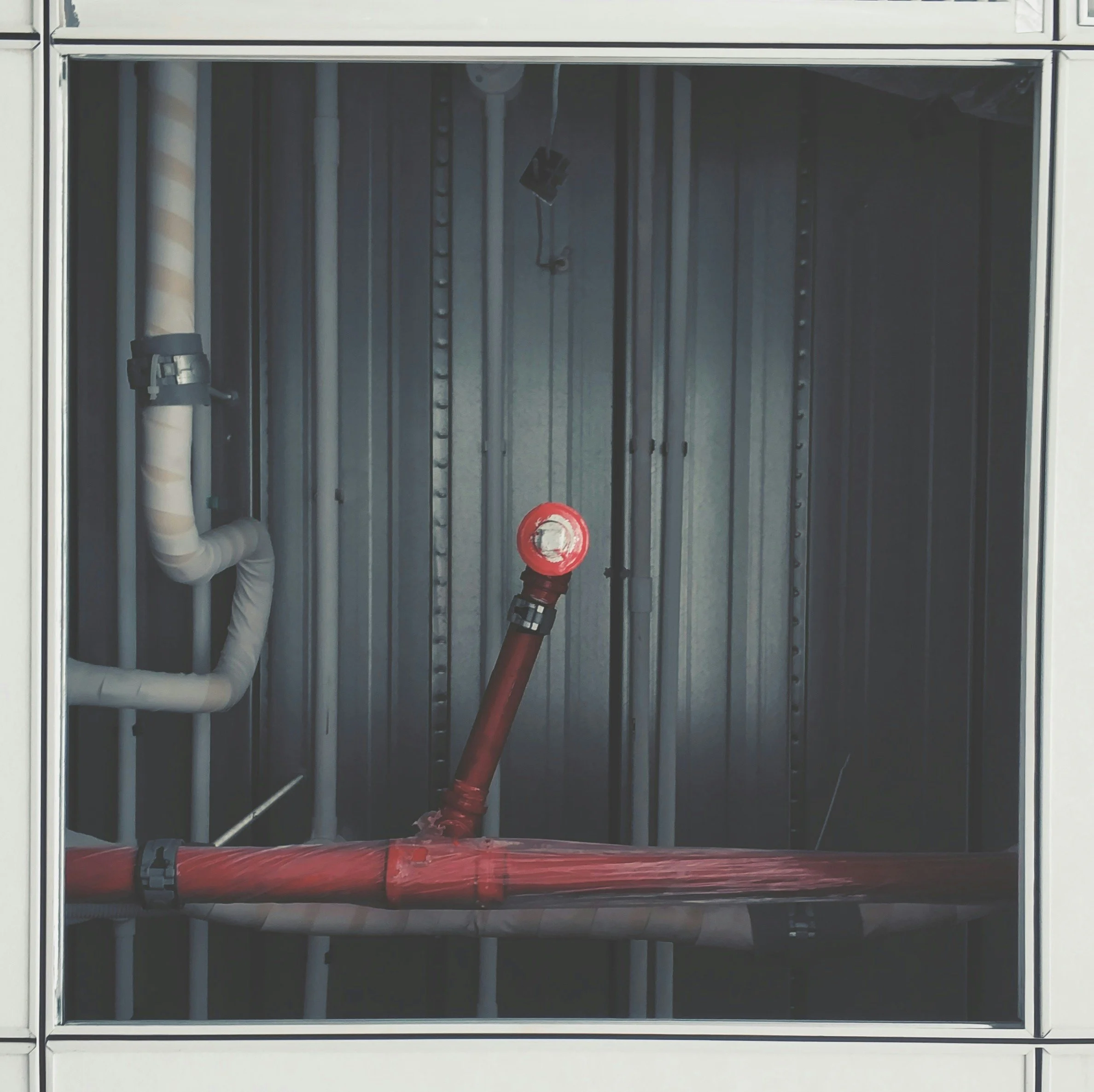Dead Legs Services
Our Process
Evergreen's water systems, dead legs present a multifaceted challenge due to their inherent characteristics of low or no flow, often stemming from the system's design or operational setup. These stagnant sections of piping, including closed cross connections, bypass lines, capped piping, and out-of-service equipment or rooms, create an environment conducive to the formation of biofilms. These biofilms, comprised of surface-attached bacteria enveloped in a gel-like secretion, not only lead to corrosion but also hinder heat transfer and may result in the accumulation of debris, causing clogged piping.
Moreover, the development of biofilms within dead legs poses a significant health risk, particularly concerning the proliferation of microorganisms like Legionella. Legionella bacteria, thriving within biofilms, can multiply to dangerous levels and ultimately lead to outbreaks of Legionnaires disease if released into the water supply. The establishment of these biofilms is further facilitated by the lack of flow and treatment within dead legs, as stagnant water fails to receive adequate disinfectant or biocide treatment.
Once biofilms take hold, they become incredibly resilient and challenging to eradicate, even with the application of high levels of disinfectants. This resilience is compounded by the limited accessibility for cleaning and the absence of flow, making dead legs particularly troublesome areas within water systems. As such, effective management strategies are imperative to address biofilm-related issues associated with dead legs comprehensively.
To tackle these challenges, a holistic approach encompassing design, operational, and maintenance measures is essential. Design strategies involve structural modifications aimed at ensuring continuous or intermittent flow, such as the removal of dead legs and the installation of drain lines for periodic flushing. Operational interventions include establishing regulated flow through off-line piping and equipment, coupled with the judicious application of disinfectants or biocides. Additionally, robust maintenance protocols, including thorough disinfection during start-up and regular cleaning routines, are crucial for mitigating biofilm formation and addressing dead leg issues effectively.
Given the heightened susceptibility of new building water systems or additions to biofilm-related problems, thorough cleaning and disinfection procedures must be undertaken before commissioning to preempt any potential biofouling issues. By proactively implementing these strategies, Evergreen ensures the integrity, efficiency, and safety of water systems, safeguarding against costly disruptions and health hazards. Contact Evergreen for expert guidance and tailored solutions to manage water treatment challenges, including biofilms, and optimize the performance of your water systems.


